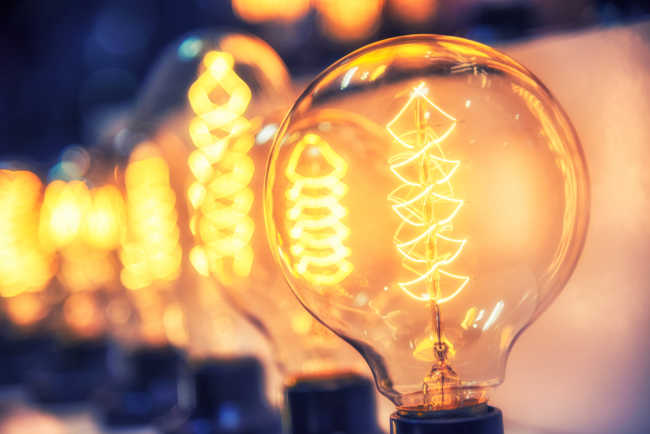AI – Putting the “Smart” in Smart Lighting Solutions
In the realm of IoT, smart lighting seems so last year – people tend to think that the only feature of a smart light is the ability to remotely turn on and off the light, which is something that people just expect now in a smart device. However, remotely controlling a light is just the beginning of possibilities of what smart lighting fixtures are capable of. In fact, smart lighting has the potential to completely revolutionize our lives. You think I’m exaggerating? Well, not in the least.
The power of smart lighting systems
The power behind smart lighting products comes not from the actual light itself, but from the infrastructure that is built into existing lighting systems. Many times companies or individuals don’t want to add smart devices to homes because it requires them to install not only the product but also power the device. This means either lots of batteries and the potential of the batteries running out at an inconvenient time or adding wiring behind walls to power the device. However, if a device that runs Zigbee or visible light communications (VLC) can be added to a light fixture or light bulb, insights can be generated and actions taken in real time that benefit consumers.
More about Implementing Artificial intelligence Solutions
What smart lighting can do
So, what exactly can be done? Well, let’s take an office setting. Not only can lights be programmed to turn on and off when there’s movement or at certain times, but smart lights can actually use VLC to track people’s movements and ‘see’ how many people are in a room at a given time. If for example, there is a company holiday or off-site event, the lighting system could determine that no one is the in the office on a work day. This insight could then be communicated to other smart systems, like the HVAC, to adjust settings, like the temperature, accordingly since no one is the room.
Smart lighting can also be used in this manner in cities. Instead of just detecting when a light is out and alerting a maintenance crew, road hazards can be proactively addressed with insights generated by smart lighting. I would love to see smart lighting used to proactively identify potholes in my hometown of Chicago. Every winter potholes appear like clockwork. However, many times road crews take a long time to respond to reports of potholes. With a smart lighting system that uses VLC or Zigbee, potholes can be detected and recorded as they happen. By putting this information into an optimization program, potholes can be prioritized and efficient routes pro-actively made for road crews. This would ensure that large potholes or potholes in high traffic areas would be fixed before smaller potholes or ones on a less traveled road – leading to happier residents.
Smart lighting solutions that interact with other systems and people have the potential to change how people work and live. How would you like to see your life changed by smart lighting?
This article was written by Rebecca Haass and originally was published here.



